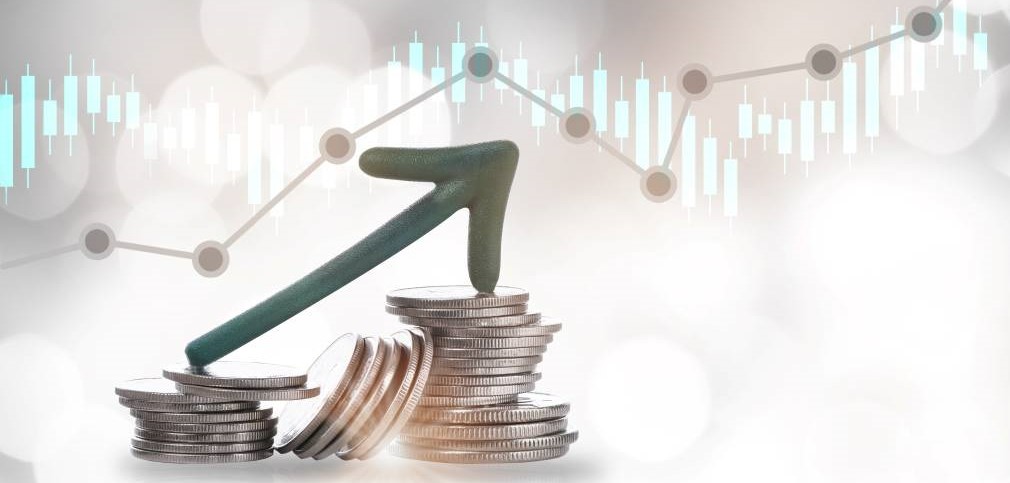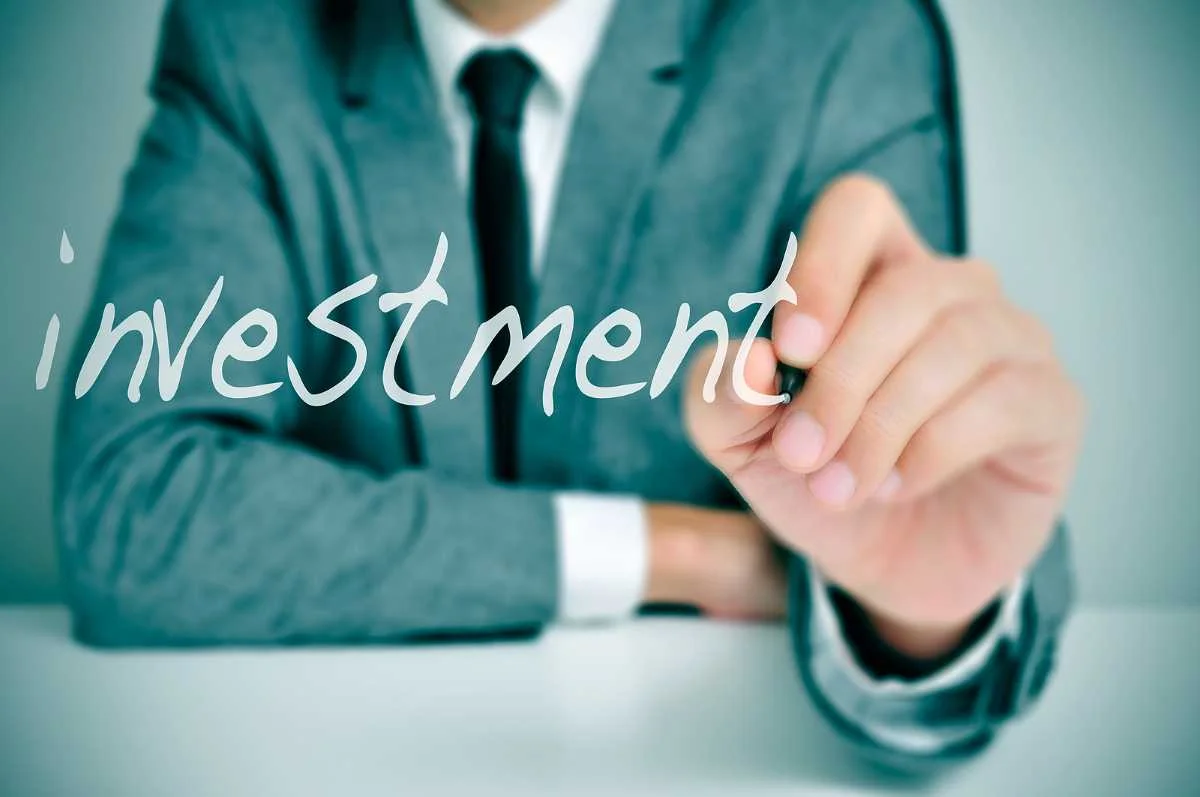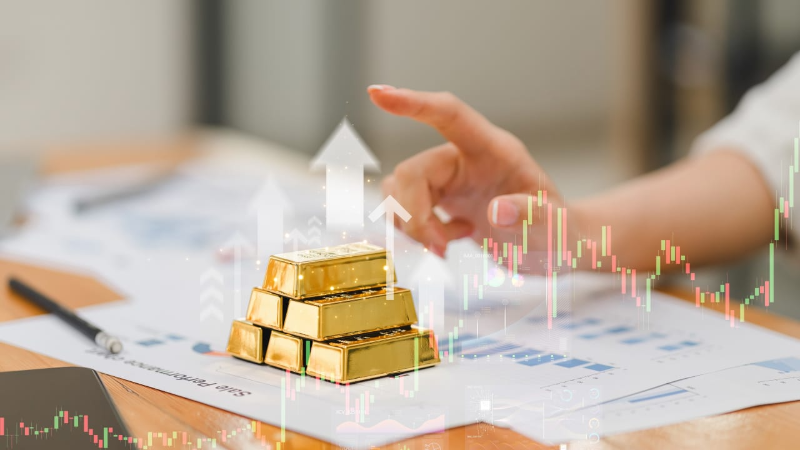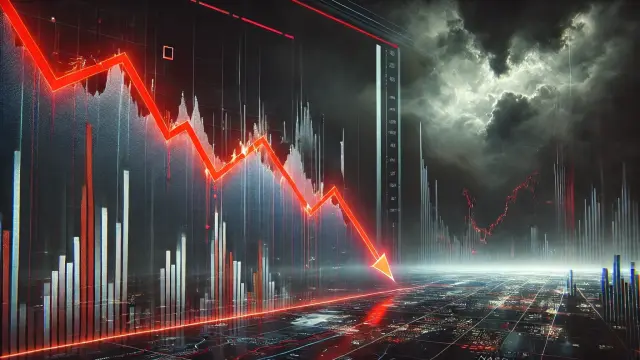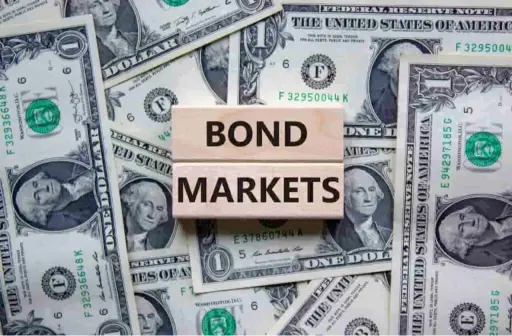Government spending plays a pivotal role in shaping investment markets. From fiscal stimulus packages to infrastructure investments, the allocation of government funds can drive market movements and influence investor sentiment. This article delves into the ways government spending impacts various sectors and markets, offering insights for investors
Exploring the impact of government spending on market trends and investor behavior
Government spending is one of the most significant drivers of economic activity and can have profound effects on investment markets. Whether it’s a government stimulus package, infrastructure spending, or social programs, the way funds are allocated impacts everything from stock prices to interest rates. This article examines how government spending influences various markets, what sectors benefit most, and how investors can position themselves in response.
The Role of Government Spending in Economic Growth
Government spending serves as a key tool for stimulating economic growth. It can create demand for goods and services, provide jobs, and promote economic stability during downturns. The government’s fiscal policy decisions, such as the introduction of new programs or cuts in spending, can have direct effects on financial markets.
1. Fiscal Stimulus and Economic Recovery
During times of economic recession or stagnation, government spending is often used as a stimulus to jump-start growth. Programs like the
American Rescue Plan have shown how fiscal packages can help bolster consumer spending, provide unemployment relief, and encourage business investment. The government’s allocation of funds to different sectors often leads to fluctuations in the stock market, with investors closely watching which industries will benefit the most.
2. Infrastructure Investment and Market Impact
Government spending on infrastructure has long-term effects on investment markets. From road construction to green energy projects, the government’s focus on infrastructure can drive growth in the construction, manufacturing, and energy sectors. These areas tend to attract significant investor interest as projects are launched, offering opportunities for investors to position themselves in industries that stand to benefit from large-scale government contracts.
Government Spending and Specific Sectors
1. Technology and Innovation
Government spending in sectors like
technology and
research and development (R&D) can boost innovation and create profitable investment opportunities. For example, funding for
artificial intelligence (AI),
renewable energy, and
biotechnology can spur technological breakthroughs and lead to significant returns for investors in these fields. With the Biden administration’s push for clean energy, companies focused on
green technologies are experiencing growth thanks to federal subsidies and grants.
2. Defense and Aerospace
The defense sector is another area influenced heavily by government spending.
Defense contractors often benefit from large government contracts, especially during times of geopolitical uncertainty. These contracts can provide long-term revenue streams, leading to higher stock prices for firms in the defense and aerospace industries. Investors with an eye on these markets often adjust their portfolios to include stocks in companies that stand to gain from increased government defense spending.
3. Healthcare and Social Services
Spending on healthcare and social services has been rising in recent years, especially with the ongoing focus on public health. Programs like
Medicare,
Medicaid, and the
Affordable Care Act impact the healthcare market, influencing stocks in the pharmaceuticals, insurance, and healthcare technology sectors. Moreover, policies aimed at reducing drug prices or increasing healthcare access can also impact investor behavior in these industries.
Monetary Policy vs. Fiscal Policy
Government spending is often intertwined with monetary policy decisions made by the
Federal Reserve. While fiscal policy refers to government spending and taxation decisions, monetary policy, handled by the Fed, focuses on money supply and interest rates. Together, these two forces can have a powerful influence on market trends.
1. Inflation and Interest Rates
When the government spends heavily, it can lead to
inflationary pressures. High inflation often causes the
Federal Reserve to raise interest rates to control price increases. These interest rate hikes can have a ripple effect on the stock and bond markets, causing volatility in sectors like real estate, tech, and consumer goods. Investors must carefully monitor fiscal spending and monetary policy to adjust their strategies accordingly.
2. Debt and Government Bonds
Government spending is typically financed through borrowing, leading to an increase in national debt. As a result, government bonds are heavily influenced by fiscal spending. An increase in debt can lead to higher interest rates, making bonds more attractive to investors but potentially lowering the appeal of stocks. Conversely, lower debt levels can make stocks more attractive and help maintain low interest rates.
The Global Impact of U.S. Government Spending
U.S. government spending has far-reaching effects on global markets, as the U.S. is one of the world’s largest economies. When the U.S. government increases spending, it can stimulate global demand, benefiting international companies. Additionally, U.S. spending can affect currency markets, particularly with the
U.S. dollar. Investors in global markets need to keep an eye on U.S. fiscal policies to understand how they might impact international trade, commodity prices, and emerging market economies.
Investment Strategies in Response to Government Spending
1. Sector Rotation Strategy
A common investment strategy in response to government spending is
sector rotation. When government spending is directed at specific sectors, investors may shift their portfolios to benefit from these areas. For instance, if the government is increasing spending on infrastructure, stocks in the construction and engineering sectors might experience growth. Similarly, if the government is focusing on green energy, investors may favor clean energy stocks.
2. Diversification
Another key strategy is
diversification. Government spending can lead to volatility in specific sectors, and diversifying across various asset classes and sectors can help mitigate risk. By investing in bonds, stocks, commodities, and real estate, investors can reduce exposure to any one sector that may be impacted by changes in government policy


